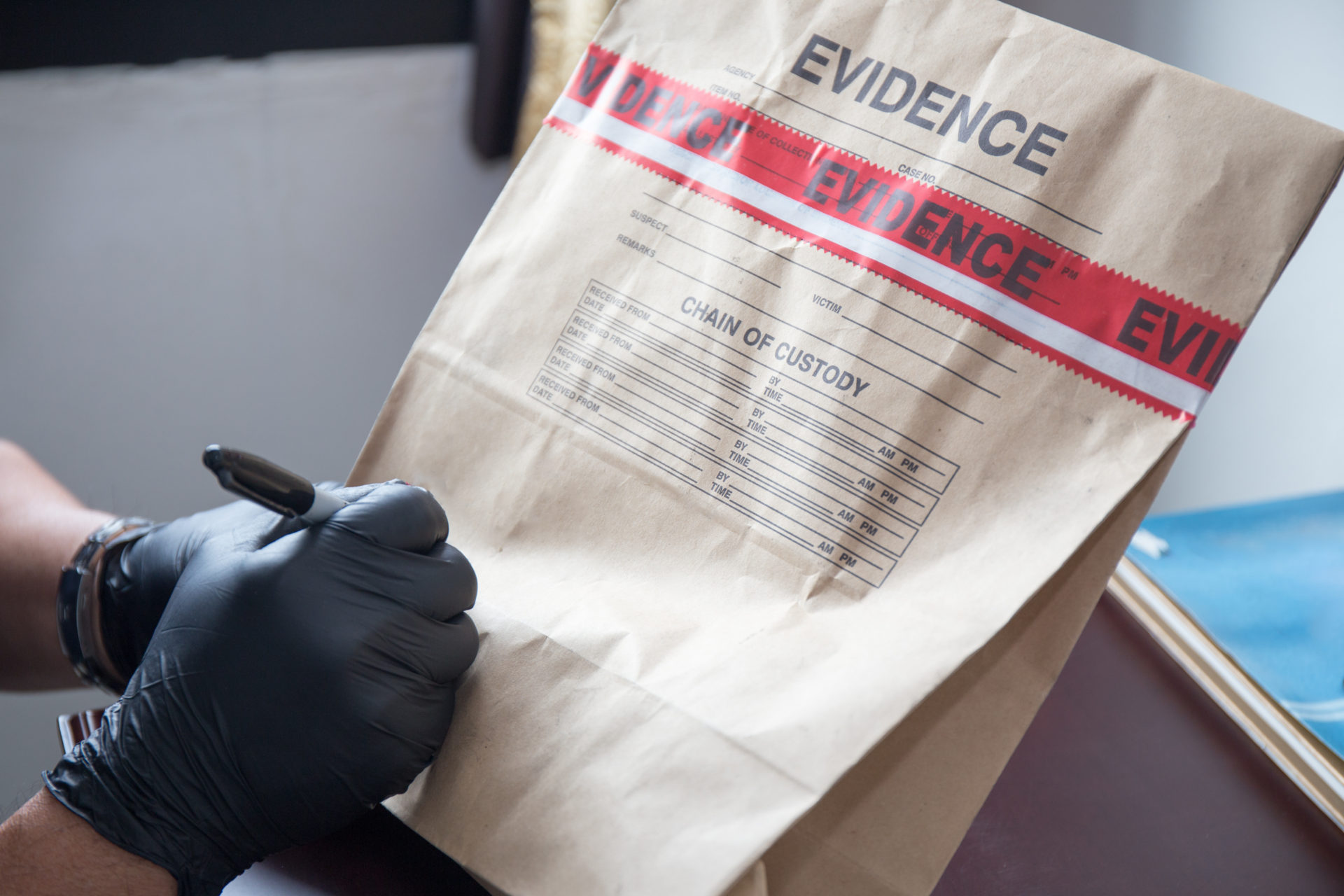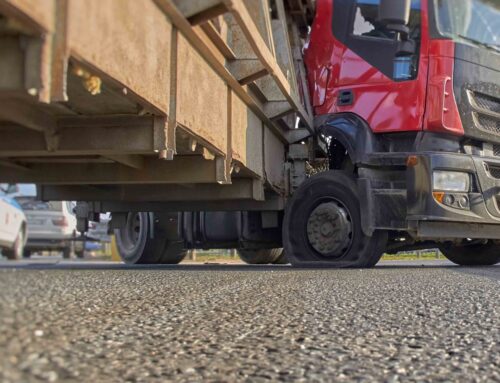One of the most important factors in any personal injury case is the ability to prove your claim. Some cases are trickier to prove than others, which is why workers’ compensation attorneys use various types of legal evidence depending on the case and the data available. Different types of evidence may be more useful in some circumstances than others – let’s break it down.
Direct vs. Circumstantial
Direct evidence directly connects the defendant or plaintiff to the workers’ compensation claim. For example, if another employee saw your workplace accident, his or her witness testimony could be considered direct evidence.
Circumstantial evidence isn’t as cut and dry. It involves using relevant circumstances to imply and infer rather than using direct proof. For instance, if the plaintiff waited a few weeks to seek medical attention for the workplace injury, the defendant’s attorney may say that the injury can’t have been severe enough to need the amount of compensation asked for.
Documentary Evidence
No, we don’t mean Netflix documentaries. Documentary evidence can be anything that documents information relevant to your workers’ compensation claim. Below are a few examples of documentary evidence and when it may be used.
- If your employer’s lawyer argues that the accident occurred while you were off the clock, your attorney may use your time punches to counter it.
- During settlement negotiations, insurers and employers try to get away with paying as little as possible. Your workers compensation lawyer may use receipts and medical bills to prove the value of your personal injury.
- Medical documents such as X-rays, prescriptions, and surgery orders can be used to prove the severity of a workplace injury.
Demonstrative Evidence
As the name implies, demonstrative evidence is used to demonstrate what needs to be proven. This type of evidence is generally visual, including things like models, charts, images, and so on. Below are a few scenarios in which demonstrative evidence may be presented.
- If the opposing party argues that the injury was not severe, photos of the injury may be used to disprove the argument.
- If the plaintiff was injured in an accident while driving a commercial truck or other vehicle, a model of the scene of the accident may be used to demonstrate that the plaintiff was not at fault.
- As previously stated, insurers and employees don’t want to pay up if they don’t have to. If the defendant debates adding future expenses relating to disability caused by the personal injury, charts and graphs may be used to show the plaintiff’s decrease in mobility, or to project future costs of treatment.
Corroborating Evidence
Corroborating evidence is not presented on its own, but instead is presented in support of bigger pieces of evidence in order to strengthen the claim. Below are a few examples of how corroborating evidence can supplement other kinds of proof.
- Should the defendant accuse the plaintiff of “just wanting time off,” the workers’ compensation lawyer may present the plaintiff’s work attendance and time punches to prove otherwise. As corroborating evidence, a character witness could be called to testify to the honesty and hardworking nature of the plaintiff.
- To prove the settlement value needed to cover the expenses of a personal injury that caused permanent or temporary disability, the plaintiff’s attorney may present the expert testimony of a doctor explaining how the injury will change or prevent tasks in day-to-day life. To supplement this, the attorney may submit receipts that prove how much the plaintiff has already had to pay for treatment.
- A worker’s compensation lawyer may use security camera footage to prove that the personal injury accident happened in the work environment. Photos of the injury or eye witness testimony may be presented as corroborating evidence.
All of the different kinds of legal evidence fall into one of these two categories: admissible, or inadmissible. Admissible evidence is proof that is relevant to the case, credible, and inadmissible evidence lacks one or all of these things. The key difference is that admissible evidence can be presented to the court and jury, but inadmissible evidence will not be recognized as part of any decision making. This is one of many reasons to have a workers’ compensation attorney on your side to gather and present evidence, and help determine what will best prove your workers’ compensation claim.
If you’ve been hurt on the job, don’t delay – take action! Contact us as soon as possible to schedule your initial consultation. During your consultation you will receive free legal advice from an experienced Columbia lawyer near you. We’ll be with you every step of the way throughout the legal process, fighting for the compensation you deserve.







